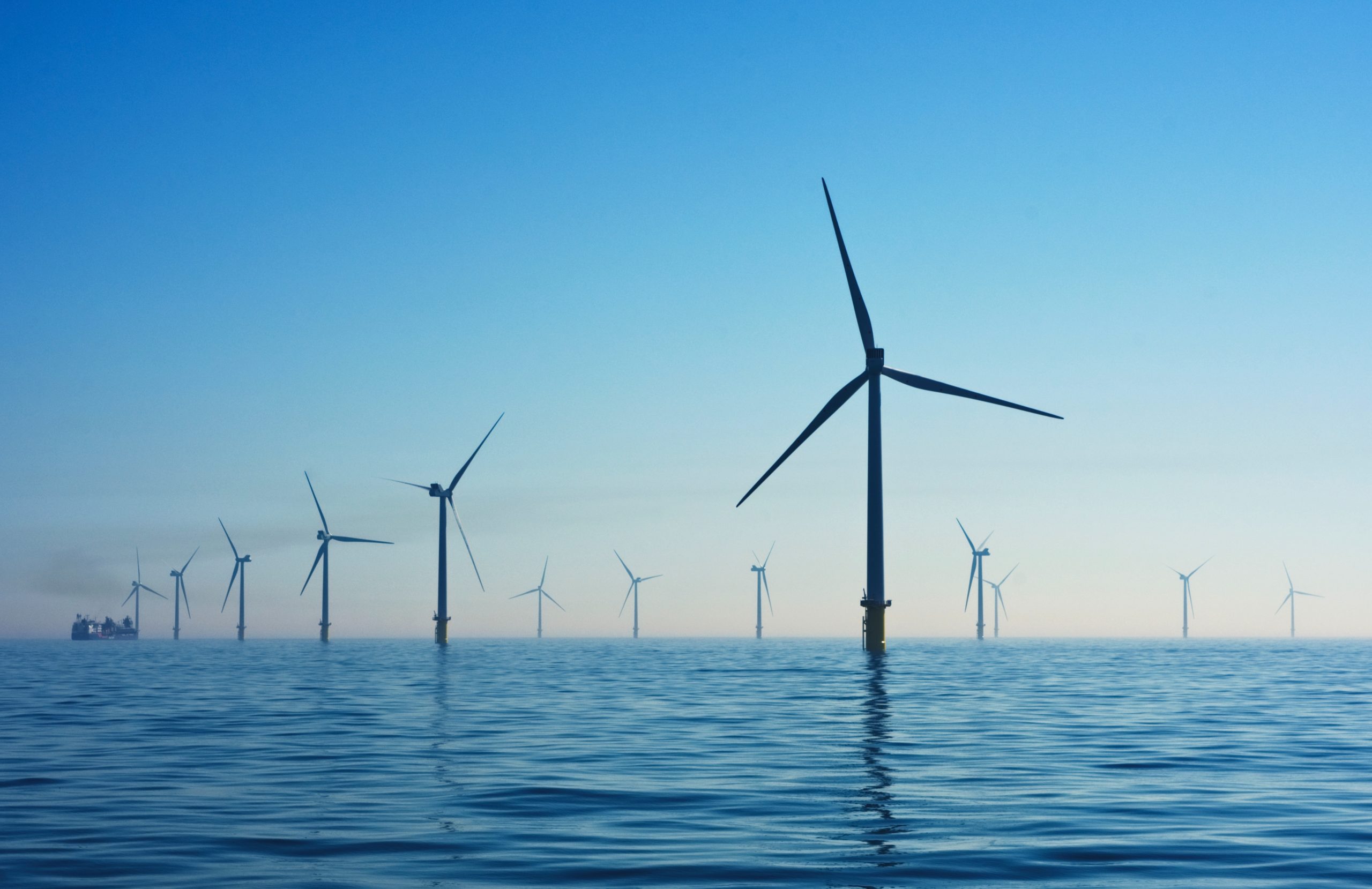The challenges for Ireland to reach its 2030 wind energy targets

The wind industry in Ireland has collectively stated that changes to the national grid and overall planning conditions are necessary if Ireland is to reach its renewable energy targets.
The Climate Action plan includes a goal of reaching 80% of electricity generation from renewables by 2030, in a target to reduce the greenhouse gas emissions in Ireland. A large portion of that will come directly from onshore wind, but some challenges need to be overcome, including the current planning measures and the conditions of existing wind farms.
Wind Energy Ireland represents over 150 members of the Irish wind industry. Noel Cunniffe, CEO of Wind Energy Ireland, believes that many people fail to recognise that Ireland is a global leader for onshore wind energy, based on electricity supply. Cunniffe believes that the majority of wind energy in Ireland is onshore, and the predominant carbon emission savings Ireland can make in the next few years will come from onshore wind.
There are currently 300 wind sites in Ireland and Cunniffe highlights that if the nation intends to reach 80% renewable energy output it will need to double onshore wind output. The Sustainable Energy Authority of Ireland explains that onshore wind development has gone through several stages of accelerated development enhancing its renewable energy targets. Today, nearly 40% of electricity in Ireland is generated from renewable energy, predominantly wind.
Wind Energy Ireland believes the nation has world-leading developers and electricity grid operators but requires a transparent and robust planning process for future development plans. Mr Cunniffe explains that a planning system that allows wind energy to progress through the planning stages as quickly as possible is important. Cunniffe highlights that Wind Energy Ireland believe the process needs to enable community and public engagement, as well accelerating the entire planning process.
Local resistance can be a challenge for some wind projects. In some regions, residents have raised concerns over large-scale developments. These concerns include what impact the plans have on the local environment and the proximity of the turbines to local properties.
Wind Energy Ireland want to improve its engagement with local communities and address these concerns. While there may be challenges, recent public surveys indicate that support for the wind industry in rural Ireland is growing year on year. Cunniffe explains that the organisation wants to understand at the early stages of a project what the concerns the community have, so they can manage these when constructing the wind site.
Repowering Wind Facilities
The lack of available space is one key reason why developing existing wind facilities is a critical part of reaching renewable energy targets. The wind industry explains that doubling the onshore wind capacity doesn’t necessarily mean that we need to double the number of wind sites. As turbines continue to get more efficient, we won’t require as many wind farms in the future.
The Electricity Grid
Noel Cunniffe believes that the current investment level in the electricity grid is one of the main barriers to decarbonising the energy system. Cunniffe explains that Ireland requires investment and a grid that can move power from its place of generation to be used effectively in towns, our homes and businesses. Wind Energy Ireland believes we require investment in new electrical products and other technologies such as batter energy storage if Ireland is to use renewable energy more effectively.
John McCann, the vice-chair of the International Energy Agency Wind Technology Collaboration Programme, explains that Ireland needs to utilise onshore and offshore wind, as well as solar to reach its targets. Aside from planning, McCann believes that one of the biggest challenges is expanding the electricity grid and output management.
Offshore wind development
McCann explains that Ireland is a global leader in integrating renewable energy into the electricity system. Ireland is second only to Denmark regarding its share of electricity generated by wind. Ireland’s only offshore wind project, the Arklow Bank, currently generates just 0.6% of the nation’s total wind energy. This may be a relatively low figure but it doesn’t reflect the potential contribution offshore wind could have on the future of Ireland.
Up until a few years back, offshore wind was relatively expensive, but recently it has become more competitive on the market. Cunniffe highlights that prices have fallen significantly in the last decade, and the industry intends to construct between 7 and 10 offshore wind sites over the next decade.